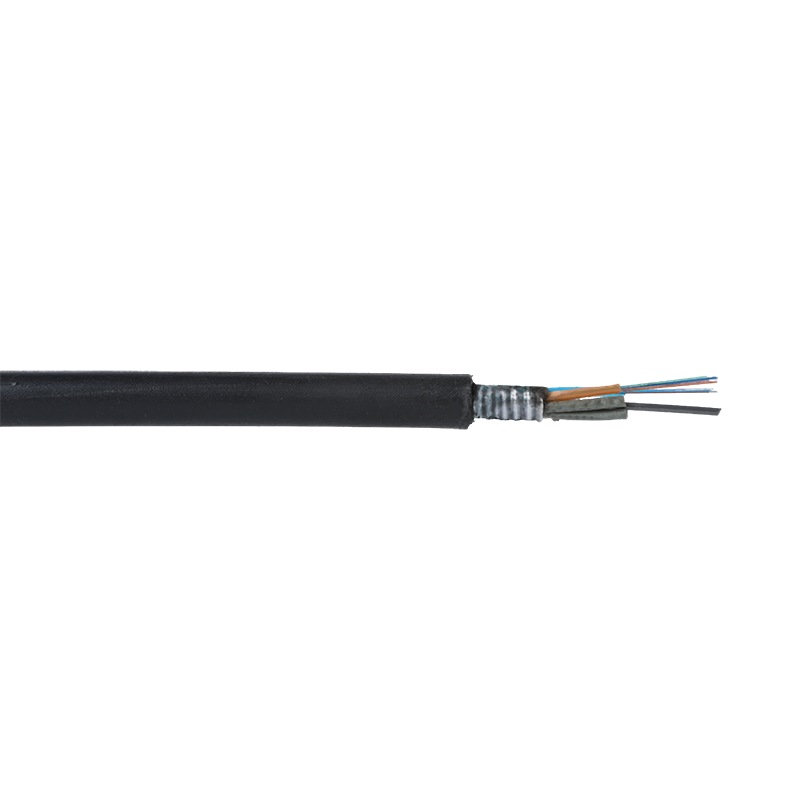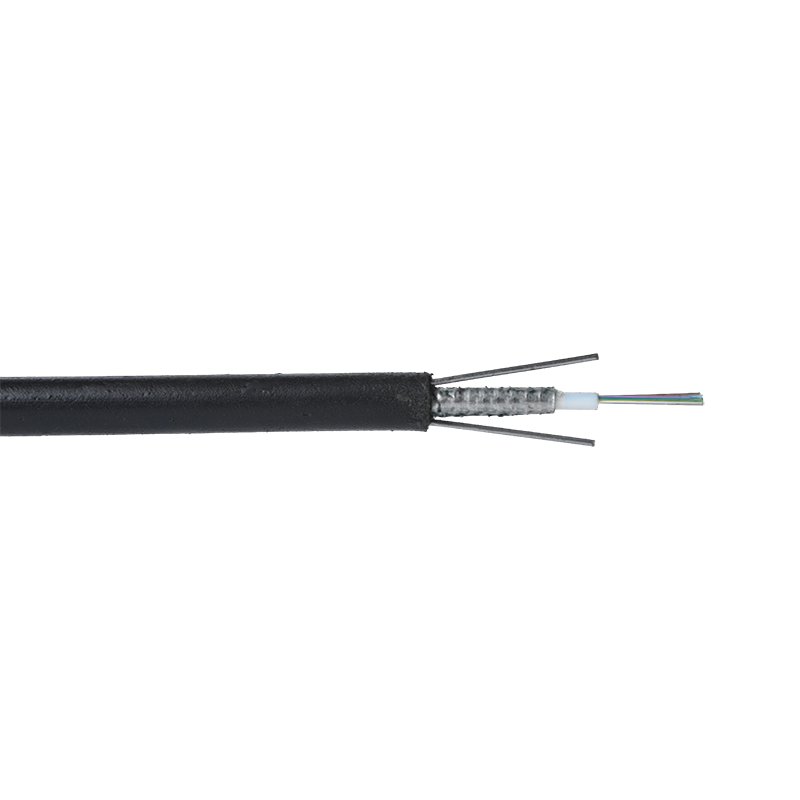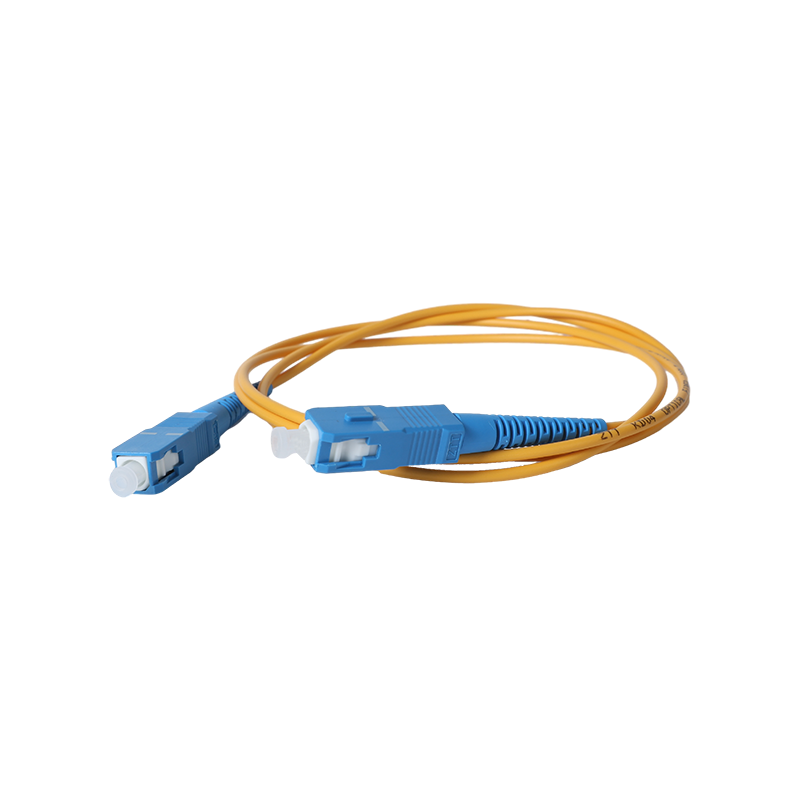Why are optical cables the future of high-speed Internet?
In the world of technology, high-speed internet is the backbone of many industries. With the rise of online businesses and remote work, it has become more important than ever before to have a stable and reliable internet connection. Optical cables have emerged as the future of high-speed internet, and in this article, we will explore why.
Optical cables, also known as fiber-optic cables, use light to transmit data over long distances. Unlike traditional copper cables, which transmit electrical signals, optical cables are made of glass or plastic fibers that are thinner than a human hair. This means that they can transmit data at much higher speeds and over longer distances without losing signal strength. Optical cables are also less susceptible to electromagnetic interference, which can cause disruptions in the signal.
The benefits of optical cables are not limited to just faster and more reliable internet. They also have a lower latency, which means that the time between sending a signal and receiving a response is much shorter. This is critical for applications that require real-time communication, such as online gaming and video conferencing. Additionally, optical cables are more secure than traditional copper cables, as they are much harder to tap into without being detected.

The use of optical cables is not limited to just internet service providers. Many industries, such as healthcare and finance, rely on high-speed and secure data transmission. In healthcare, optical cables are used to transmit medical images and patient data, which can be critical in emergency situations. In finance, optical cables are used for trading and data centers, where even a millisecond delay can result in significant financial losses.
Optical cables are the future of high-speed internet, and their benefits extend beyond just faster and more reliable internet. They provide lower latency, increased security, and are critical in many industries. As technology continues to evolve, optical cables will play an increasingly important role in our connected world.
Optical cables, also known as fiber-optic cables, use light to transmit data over long distances. Unlike traditional copper cables, which transmit electrical signals, optical cables are made of glass or plastic fibers that are thinner than a human hair. This means that they can transmit data at much higher speeds and over longer distances without losing signal strength. Optical cables are also less susceptible to electromagnetic interference, which can cause disruptions in the signal.
The benefits of optical cables are not limited to just faster and more reliable internet. They also have a lower latency, which means that the time between sending a signal and receiving a response is much shorter. This is critical for applications that require real-time communication, such as online gaming and video conferencing. Additionally, optical cables are more secure than traditional copper cables, as they are much harder to tap into without being detected.

The use of optical cables is not limited to just internet service providers. Many industries, such as healthcare and finance, rely on high-speed and secure data transmission. In healthcare, optical cables are used to transmit medical images and patient data, which can be critical in emergency situations. In finance, optical cables are used for trading and data centers, where even a millisecond delay can result in significant financial losses.
Optical cables are the future of high-speed internet, and their benefits extend beyond just faster and more reliable internet. They provide lower latency, increased security, and are critical in many industries. As technology continues to evolve, optical cables will play an increasingly important role in our connected world.



 English
English русский
русский Español
Español عربى
عربى 中文简体
中文简体




















